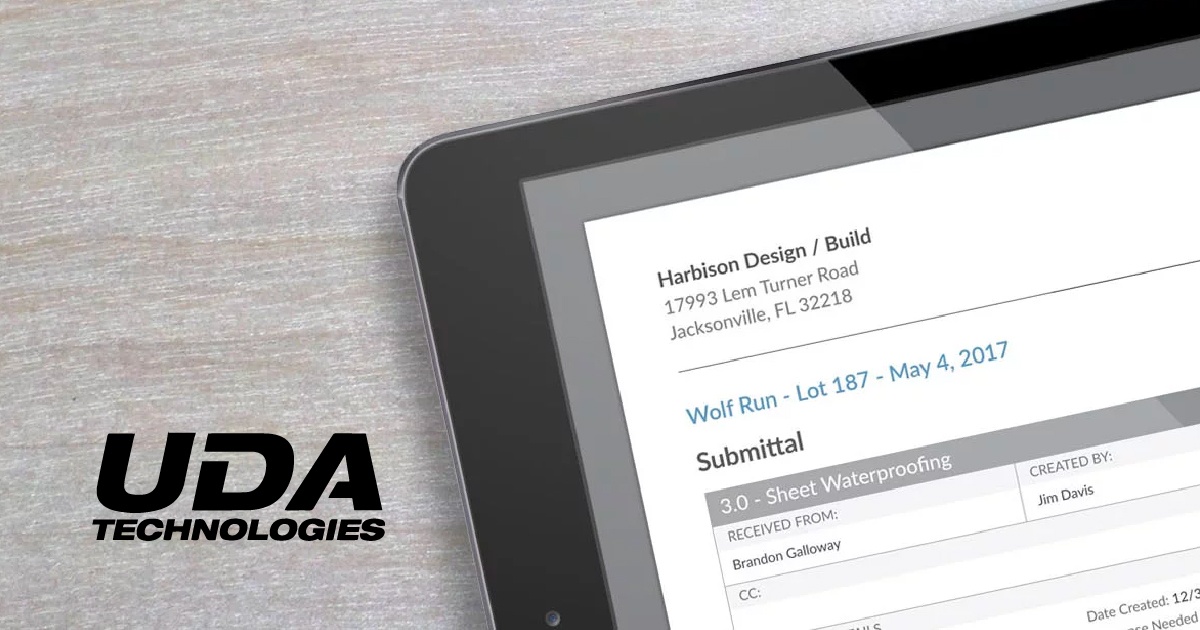Every company who has signed a construction contract should know what a submittal is: documentation delivered to architects, engineers, & consultants to request that they review & verify the associated information to ensure it meets the outlined project specifications. Documents included are often shop drawings, material samples, product information, test data, and more. What most companies don’t know - unless they’ve learned the hard way - is why submittals are so important.
When project plans are set and specifications created, the architects and engineers on the project have very specific requirements for how the job needs to be completed. Proper submission and review of submittals displays the contractor’s understanding of the project plans and specs, and ensures that the project is executed as intended.
Everyone in the construction industry should be familiar with the story of the Hyatt Regency walkway collapse of 1981 – a cautionary tale that resulted in the deadliest structural collapse in US history. In this instance, changes to the original design were not properly reviewed, and subsequently, the added load led to the fatal collapse.
Construction professionals have the duty of designing & building with integrity to protect the lives of those living, working, and visiting your structures & those around us, and the submittals process documents a chain of communication that empowers all pro to uphold this duty.
So how should submittals be handled?
Larger jobs can have hundreds of individual submittals with back and forth communication on each – keeping up with them all is half the battle. The truth is that submittals are going to take some time no matter how you handle them, but there are ways to streamline the process and improve communication at the same time.
Your first step is to find a software like ConstructionOnline™ that can help you keep track of all your submittals. Physical document archives are an archaic way to handle submittals, as they are vulnerable to spills, stains, and other physical damage, not to mention misplacement & disorganization. Even if you maintain an organized filing system and have your submittals in perfect condition, illegible handwriting can often lead to misinterpretations or lost time resulting from excess communication.
Even home-brewed digital solutions such as exchanging emails and saving files to online document storage creates more work than is needed. These methods require extra setup and manual attention if you want to organize them by project, status, or resources involved. ConstructionOnline™ keeps things simple by automatically filtering submittals by project and providing dashboards showing the status of each submittal on the project.
Once you have a software in place to handle your submittals, all you need is a proper workflow – or standard procedure – to handle the submittals on each project. Typically, a full submittal log can be created at the beginning of each project based on the specifications and project log. By creating the entries and establishing due dates, you not only have full visibility on the information required, but also a set of clear expectations for all parties involved on when the information is due by to keep the job on schedule. When everyone on the job is communicating and the requirements are clear, it protects the client and you + your business as well.
Interested in more insights about UDA Software? Take a look at:




.png?width=230&name=uda_renew_logo%20(1).png)



